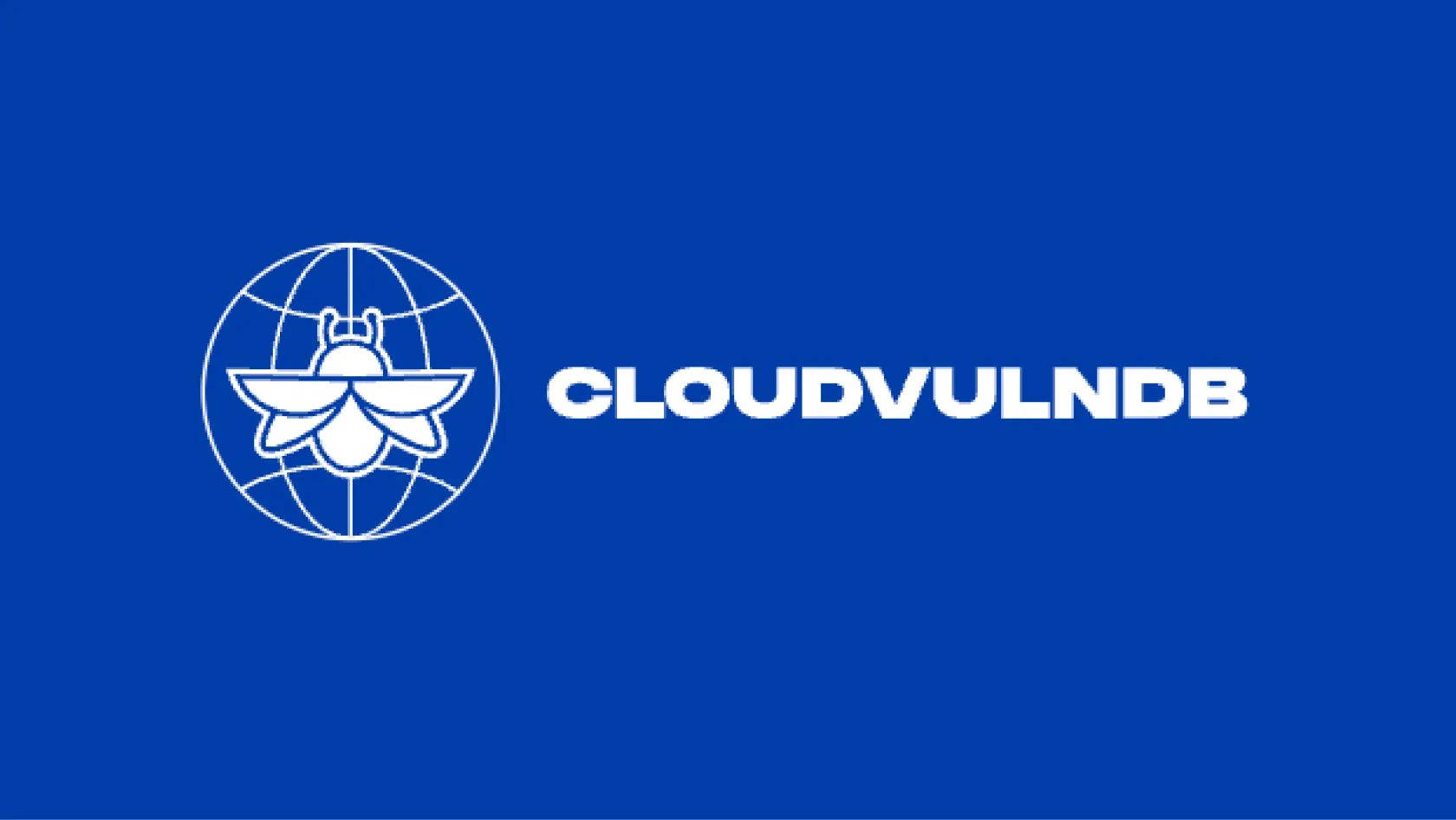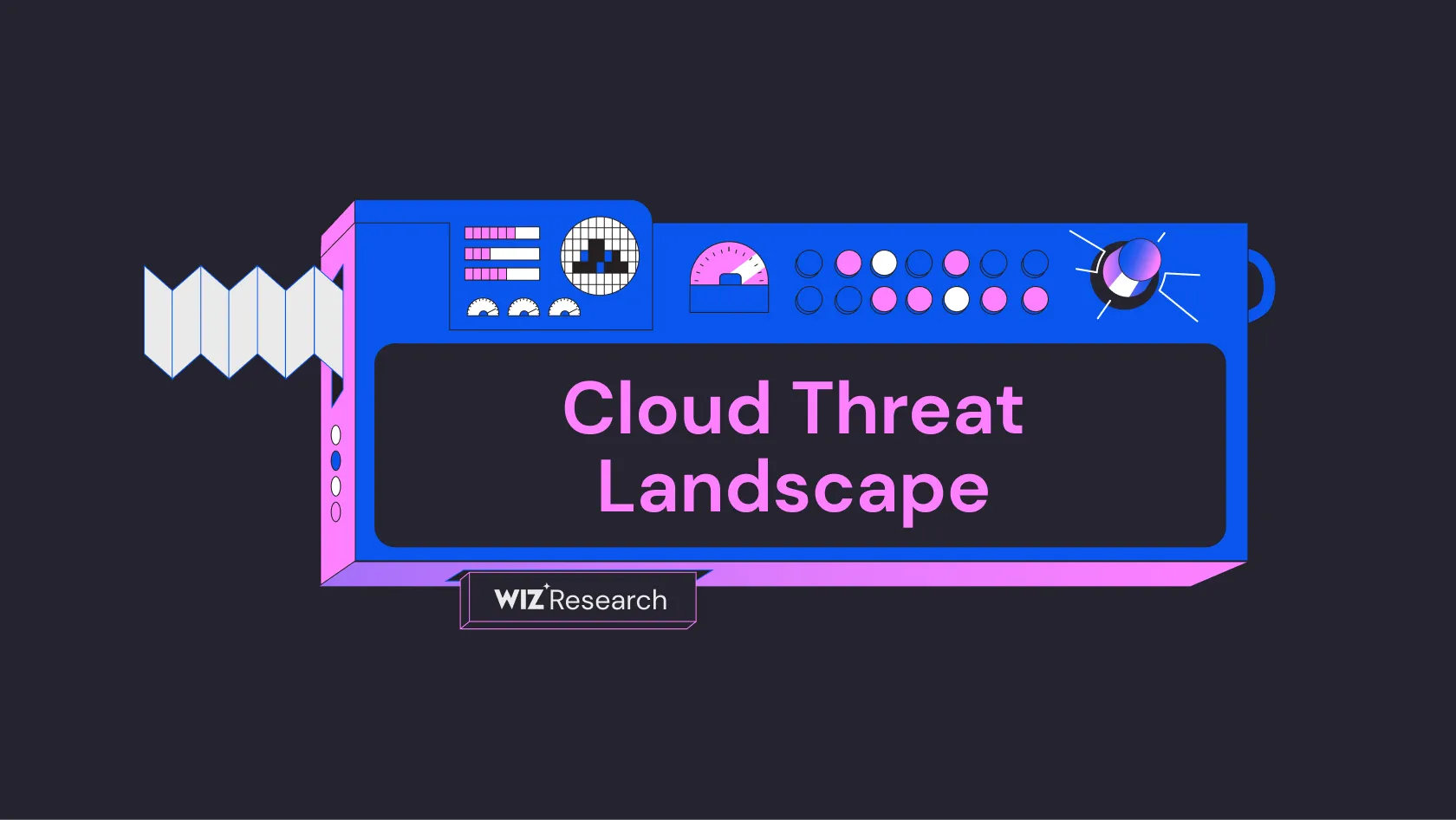
Cloud Vulnerability DB
An open project to list all known cloud vulnerabilities and Cloud Service Provider security issues
A buffer overflow vulnerability (CVE-2024-57947) was discovered in the Linux kernel's netfilter component, specifically in the nfsetpipapo functionality. The vulnerability was disclosed on January 23, 2025, and affects the initial map fill operation where the buffer initialization was not properly restricted to the size of the first field (Red Hat, NVD).
The vulnerability occurs when the initial buffer is initialized to all-ones but fails to restrict it to the size of the first field, instead using the total field size. During the map search step, after each round, the result and fill map are swapped. In cases where f->bsize of the first element is smaller than m->bsize_max, one-bits are leaked into future rounds result map, causing pipapo to find incorrect matching results for sets where the first field size is not the largest (Kernel Patch). The vulnerability has been assigned a CVSS v3.1 score of 7.1, indicating HIGH severity (Red Hat).
The vulnerability can result in incorrect matching results for sets where the first field size is not the largest, potentially leading to system availability issues. This affects the netfilter subsystem's ability to properly process network packets and could impact network filtering operations (Red Hat).
A patch has been developed to fix the vulnerability by properly initializing the buffer and explicitly zeroing out the remainder. The fix includes a new test case in the nftconcatrange.sh selftest script to verify the correction (Kernel Patch). Red Hat notes that for some affected systems, mitigation options either are not available or don't meet their Product Security criteria for ease of use, deployment, and stability (Red Hat).
Source: This report was generated using AI
Free Vulnerability Assessment
Evaluate your cloud security practices across 9 security domains to benchmark your risk level and identify gaps in your defenses.

An open project to list all known cloud vulnerabilities and Cloud Service Provider security issues

A comprehensive threat intelligence database of cloud security incidents, actors, tools and techniques

A step-by-step framework for modeling and improving SaaS and PaaS tenant isolation
Get a personalized demo
“Best User Experience I have ever seen, provides full visibility to cloud workloads.”
“Wiz provides a single pane of glass to see what is going on in our cloud environments.”
“We know that if Wiz identifies something as critical, it actually is.”